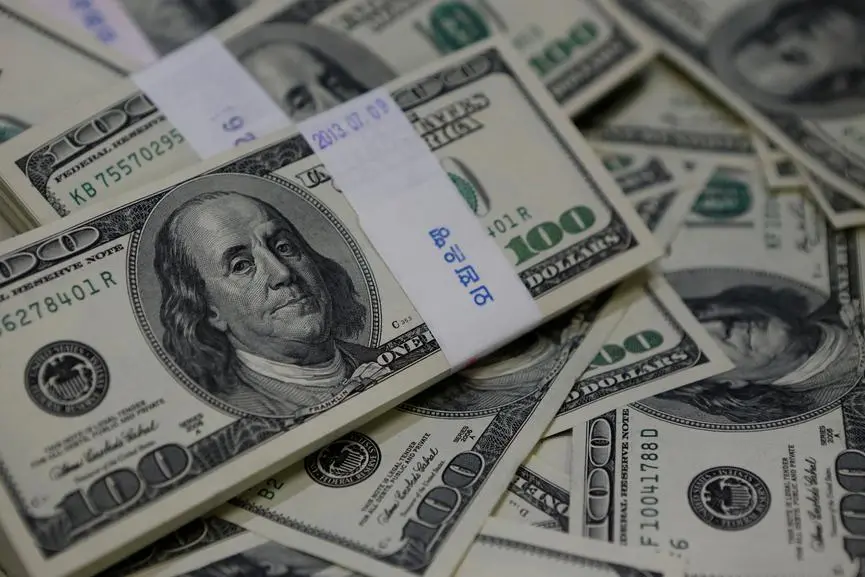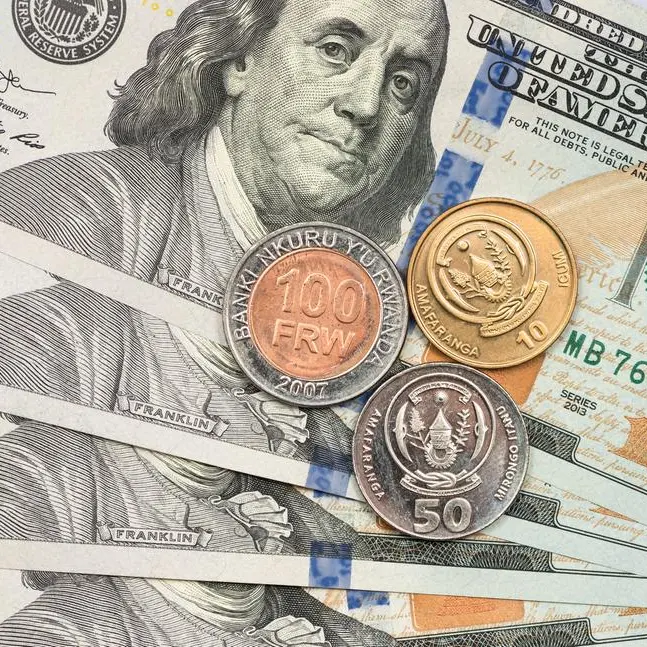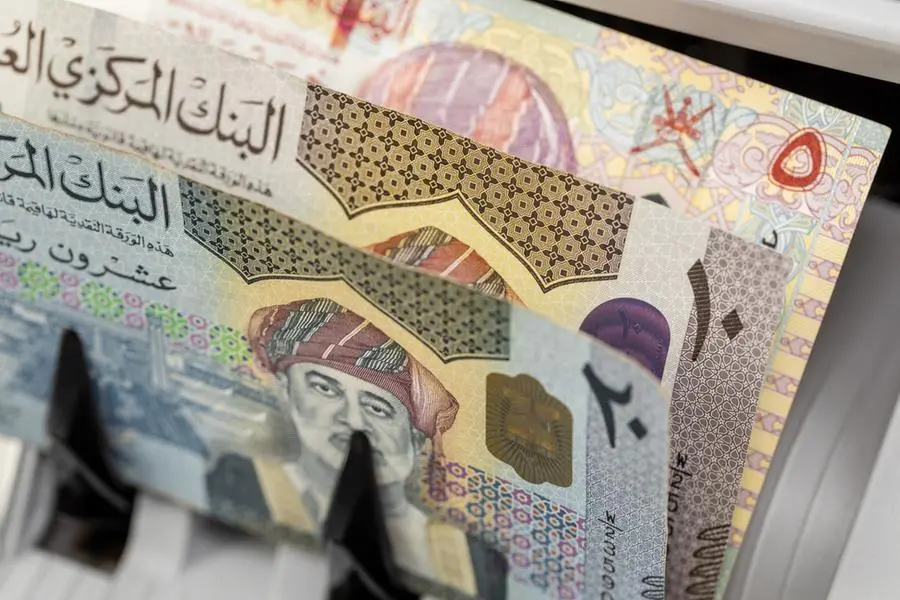PHOTO
The world’s currencies, more particularly the Asian currencies, have depreciated against the US dollar during the current year. Several factors have driven this trend, including economic policies and geopolitical developments.
The victory of Donald Trump as the new US President has fueled expectations of higher tariffs on China, stricter immigration laws, increased support for domestic oil production and other measures aimed at boosting the US economy.
These policies have bolstered the strength of US dollar against other currencies. Additionally, the recent 25 basis points (bps) interest rate cut by the US Federal Reserve, while typically expected to weaken a currency, has instead supported the dollar’s strength due to the robust US economic outlook. Consequently, the Dollar Index (DXY), which measures US dollar’s value against a basket of major global currencies, has surged to its highest level since June 2024, crossing the 106 mark.
The US dollar’s strengthening has far-reaching consequences on the Emerging Market Economies (EMEs). It is a fact that these countries will witness more inward remittances from expatriates on account of the higher value of their foreign earnings.
The impact will be more on countries like India, which spend heavily on crude oil, electronic goods, and gold imports. This will again impact the Current Account Deficit (CAD) and put pressure on inflation.
The exporters also stand to gain from the weaker local currency, which makes their goods more competitive in global markets. On the flip side, importers face higher costs, especially in countries like India, which rely heavily on imports of crude oil, electronic goods and gold.
These increased import costs contribute to a widening Current Account Deficit (CAD) and heighten inflationary pressures.
Another critical issue is the servicing of US-dollar-denominated sovereign and corporate external debt. As the dollar strengthens, the interest and principal repayment burdens will increase, pushing governments to increase public debt through internal borrowings, which will hamper the overall economic development.
Corporates with foreign debt will also feel the strain. According to the IMF, a 10 per cent rise in the US dollar can reduce real Gross Domestic Product (GDP) in EMEs by 1.9 per cent within a year, with adverse effects persisting for over two years.
According to a report released by the World Bank, emerging market economies will pay a record $400 billion to service external debt this year. The more worrying factor is that the public debt of developing countries has doubled since 2010. So one can imagine the burden on developing economies for servicing of the principal and interest on their external borrowings when the dollar strengthens. No doubt even the industrially advanced countries are equally wary about the strength of the US Dollar as it impacts merchandise trade, capital inflows, inflation and interest rates.
A higher public debt constitutes a threat to macroeconomic stability in both advanced and developing economies.
In the long term, the policy changes proposed by the US are expected to boost its economy further, potentially sustaining the dollar’s strength.
For emerging and advanced economies alike, this necessitates prudent fiscal and monetary policies to navigate the challenges posed by a dominant US dollar, and countries whose currencies are pegged to the US Dollar are insulated from the demerits of currency depreciation to some extent.
R Madhusoodanan 2022 © All right reserved for Oman Establishment for Press, Publication and Advertising (OEPPA) Provided by SyndiGate Media Inc. (Syndigate.info).
R Madhusoodanan





















